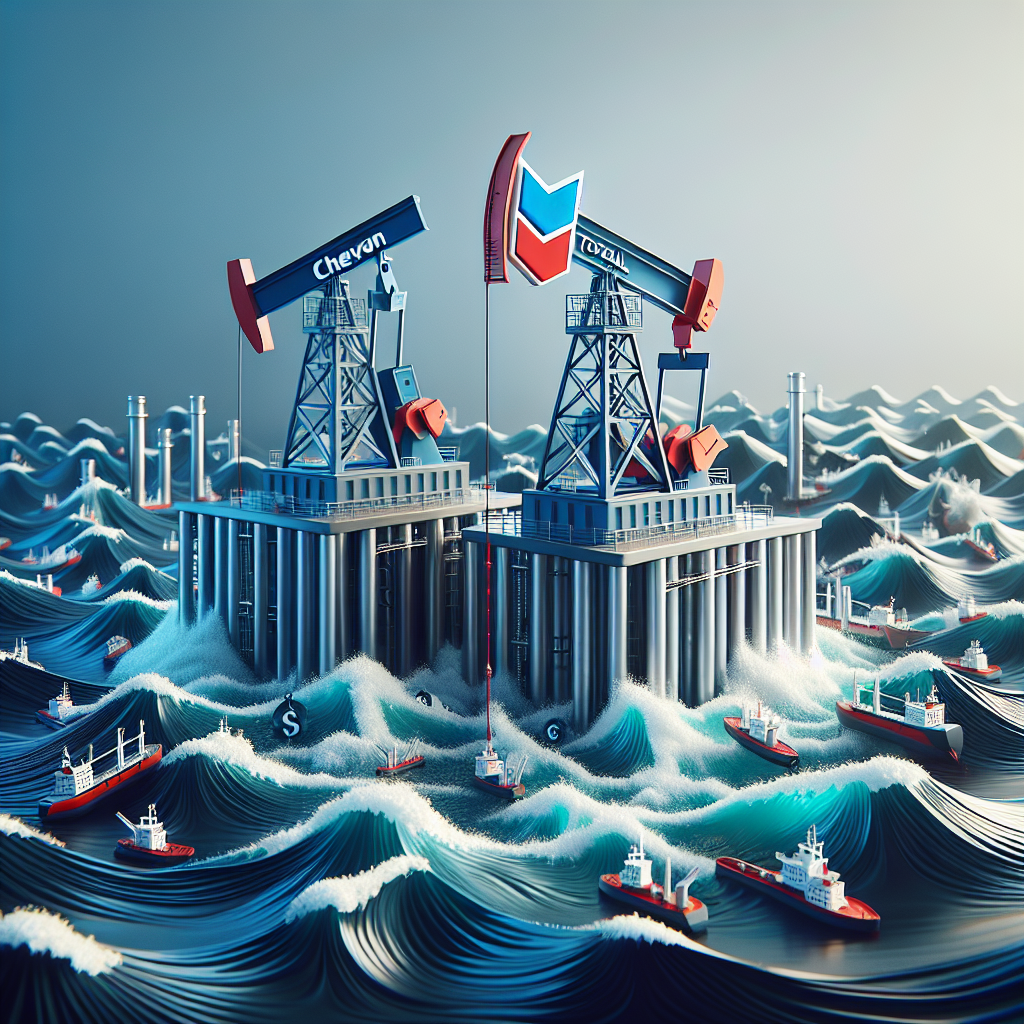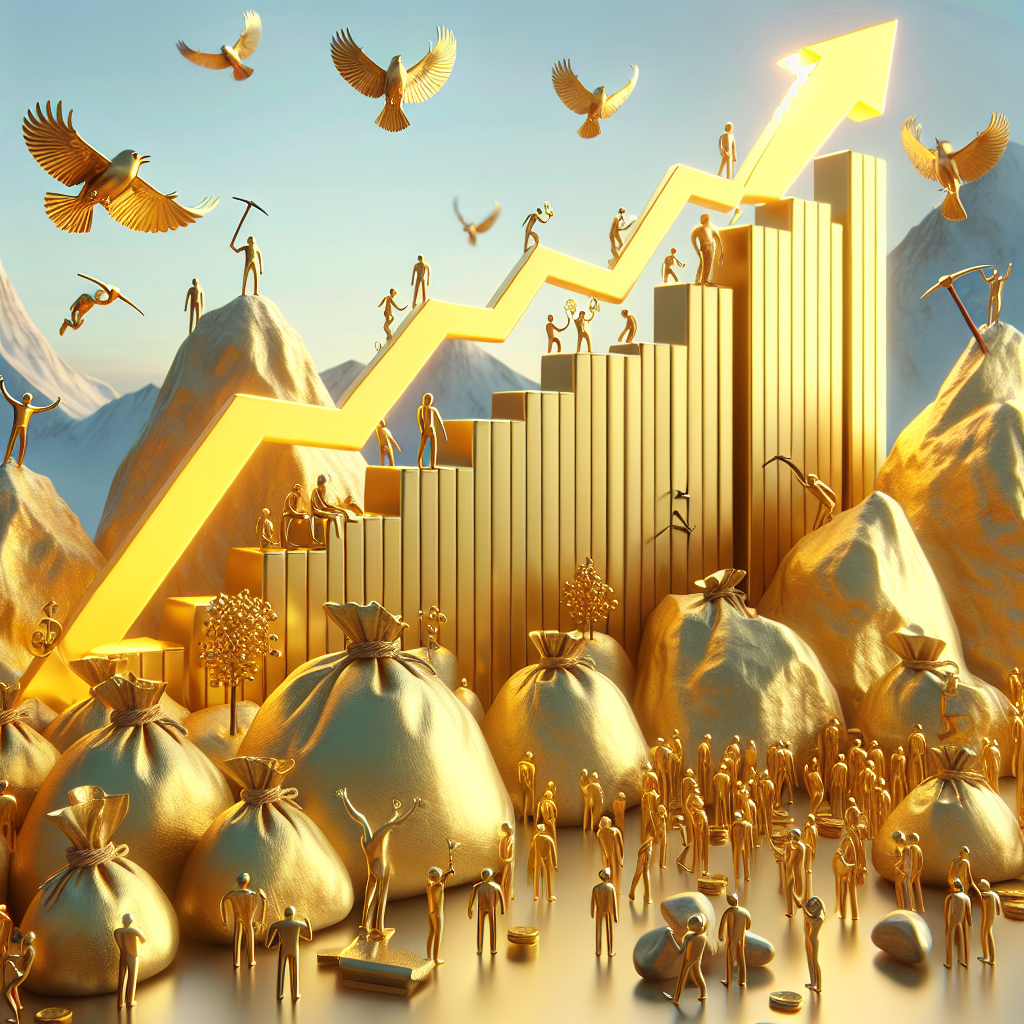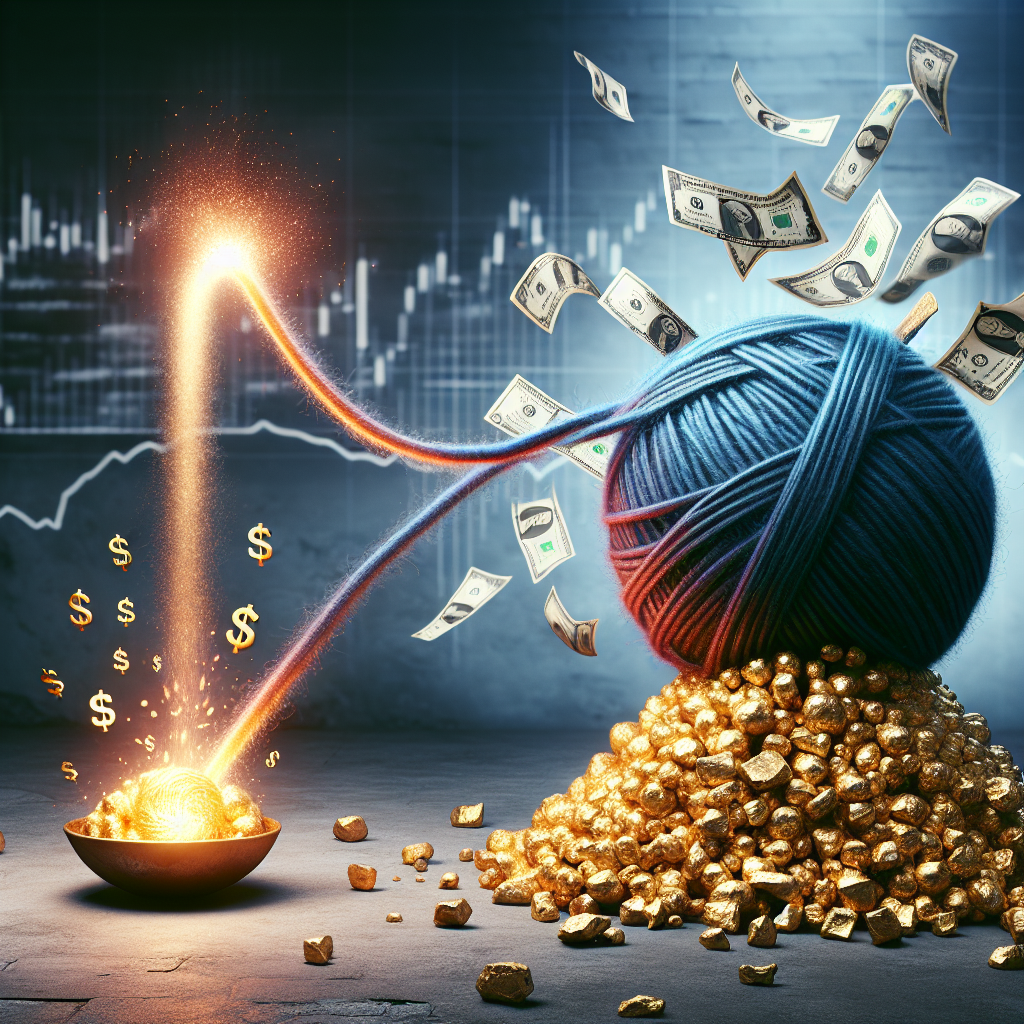Unlocking Silver’s Hidden Military Demand: A Catalyst for Price Growth
Silver has recently emerged from months of stagnation, garnering attention as it crosses the $34 mark. While gold has previously dominated discussions of precious metals, emerging reports suggest that a significant, yet often overlooked, military demand for silver could act as a catalyst for further price increases in the near term. This hidden demand may eventually propel silver prices to new all-time highs.
A Growing Hidden Demand
As reported by The Jerusalem Post, the applications of silver in consumer electronics and renewable energy have been well documented. However, a less publicized aspect of silver’s utility lies in its use in military and aerospace technology. Recent analyses indicate that military usage of silver may surpass the aggregate industrial demand stemming from electronics, solar panels, and investment.
Notably, five U.S. government agencies—including the Department of Defense and the Department of Energy—have ceased reporting on silver inventories since the mid-1990s. The lack of transparency surrounding military applications casts doubt on the accuracy of publicly available demand data regarding silver, raising questions about its actual consumption levels.
Applications in Military Technology
Silver’s versatility is evidenced in a variety of military applications, including the manufacturing of advanced weaponry, satellite technology, and communication systems. For example, it’s worth noting that a single Tomahawk cruise missile can utilize up to 500 ounces of silver, a dimension seldom captured in official records. As military expenditures and technological advancements evolve, the hidden demand for silver could potentially outstrip the use of the metal in other industrial applications.
Impact of Geopolitical Tensions
Escalating geopolitical tensions further underscore the urgency around military demand for silver. As nations gear up for potential conflicts, the strategic importance of silver is likely to intensify. Silver’s distinctive properties—like high conductivity, antimicrobial characteristics, and resistance to corrosion—make it particularly suited for military applications, although specific data on its utilization remains classified.
Industrial Demand: A Secondary Force
Beyond military applications, silver’s industrial use has shown robust growth. In the last five years, industrial applications accounted for over 50% of global silver demand. Key consumers include the U.S., Canada, China, India, Japan, South Korea, Germany, and Russia. Particularly concerning for U.S. markets is the reliance on silver imports; in 2021, the U.S. imported 6,500 tons of silver, with a substantial portion sourced from Mexico and Canada. Yet, silver’s conspicuous absence from recently published critical materials lists raises eyebrows about its strategic value.
Global Trends in Silver Reserves
Increasingly, various countries are starting to view silver as a strategic resource. A draft of Russia’s federal budget indicates a pivot towards acquiring silver as part of a broader strategic reserve. This indicates a shift in attitudes toward silver as a valuable asset. The exploration of linking precious metals—such as gold and silver—to new payment systems, like the anticipated BRICS payments initiative, may also lead to an uptick in demand.
Market Implications
The interplay between identified military demand and traditional industrial usage could tighten the silver market significantly. As awareness grows regarding the total demand for silver, prices may reflect a more comprehensive understanding of its strategic importance. The future trajectory of silver will likely involve government interests in securing supplies due to its critical applications.
Final Thoughts
The strategic significance of silver in both military and industrial sectors is potentially much greater than has been widely acknowledged. This shift may well prompt a reevaluation of silver as an indispensable resource for national security and technological advancement. Industries and investors should not overlook these implications, as they collectively stand to influence supply-demand dynamics and, consequently, silver prices over the coming years.
In conclusion, the concealed military demand for silver represents a burgeoning force that might be set to reshape the silver market as we know it. With substantial demand from both military and industrial sectors, the stage is set for potential price impacts that serious investors should monitor closely.















